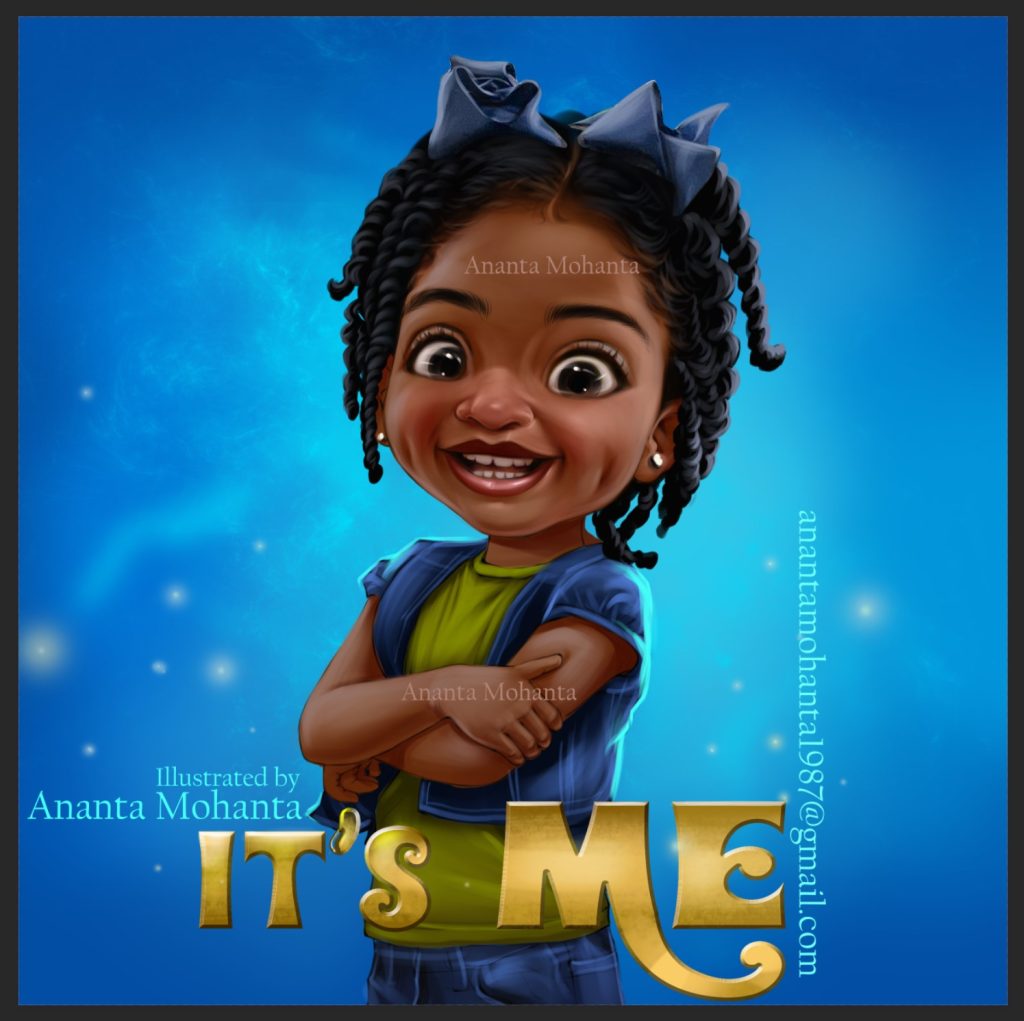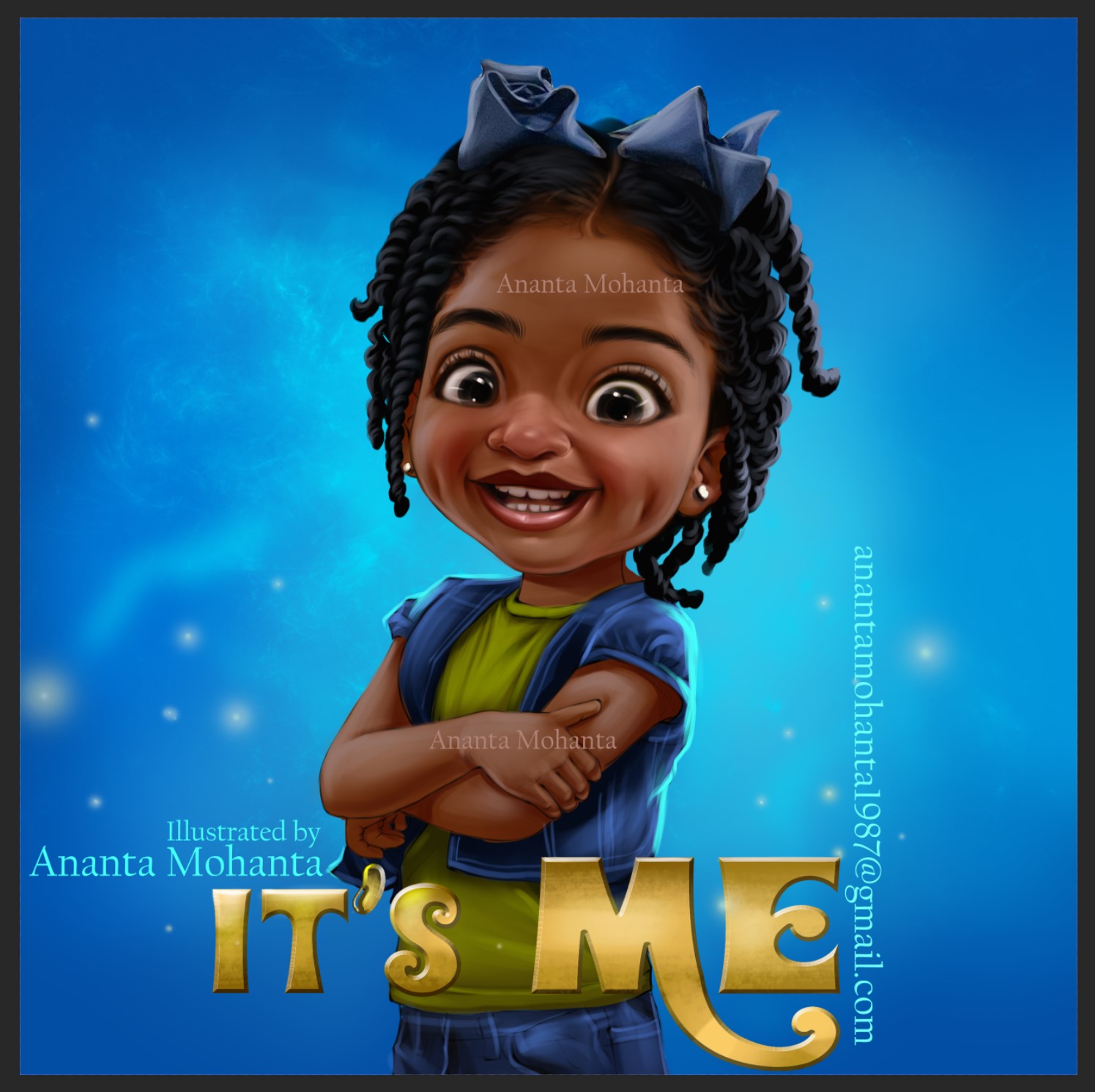How Children’s Book Illustrators Are Bringing Diverse Stories to Life

When I started illustrating children’s books, most projects followed a familiar formula similar-looking characters, the same everyday settings, and a predictable approach to style. But in the last few years, that’s been changing. And honestly, it’s been refreshing to see.
More authors and publishers are now asking for stories that reflect real life, different cultures, languages, skin tones, and unique family setups. And as illustrators, it’s our job to meet that shift with open eyes and open minds.
Every Child Deserves to Be Seen in a Book
When children see characters in a book who look like them or share parts of their everyday life, it creates a quiet but strong sense of belonging. It tells them, “This story is yours too.”
It’s about showing different ways of living, whether that means a child with a disability, a family that speaks another language at home, or traditions tied to culture or religion.
As children’s book illustrators, we’re not just adding images to a story. We’re helping young readers understand the world around them, and sometimes, helping them understand themselves too. It’s about showing different ways of living, whether that means a child with a disability, a family that speaks another language at home, or traditions tied to culture or religion.
As illustrators, we’re not just adding images to a story. We’re helping young readers understand the world around them, and sometimes, helping them understand themselves too.
It Goes Beyond Color
I’ve worked on stories with characters from across the world, India, the US, Africa, the Middle East and one thing I’ve learned: don’t guess. Every culture has its own visual identity. Details like clothing, hair, skin tone, family customs, even background elements like homes and holidays these things matter deeply to the reader.
As a children’s book illustrator, I often ask authors to send reference images or personal touches they’d like to include. It helps me make the children’s book illustrations not just visually appealing, but also sincere.
New Stories Are Calling for New Styles
There’s a real shift happening in the types of stories being told. I’ve recently worked on books about Diwali, Eid, Lunar New Year, African folktales, and more. More children are being shown with wheelchairs, hearing aids, or different kinds of family dynamics, and that’s exactly how it should be.
To support this, many of us are exploring more varied children’s book illustration styles. I enjoy blending traditional patterns with digital tools, adding folk art textures, regional dress styles, and vibrant cultural elements that feel real, not generic.
If you’re searching for illustrators for children’s books with cultural experience, look for someone open to feedback and research. The right illustrator will treat the story’s culture as essential, not decorative.
What to Look For in an Inclusive Illustrator
Not every illustrator has worked on multicultural projects and that’s fine. But if your story is rooted in culture, tradition, or lived experience, the children’s book illustrators should be ready to approach it with care.
When someone approaches me looking for a children book illustrator in US or from another part of the world, I always offer a free sample sketch first. It helps both of us know if we’re a good fit.
Once the final payment is made, I don’t limit changes. I keep refining the artwork until it matches the author’s vision completely. It’s not about getting it done fast, it’s about doing it right.
If you’re on the lookout for a children’s book illustrator for hire, especially for a story with cultural depth, choose someone who’s curious, respectful, and adaptable. They should ask questions about your characters and setting. They should want to learn more about the world you’re writing about. And their style should bend with the heart of the story, not the other way around.
Style Matters Just as Much
Even when working on inclusive books, the art still needs to be fun, bright, and full of life. Kids don’t fall in love with a book just because it checks the right boxes, they fall in love because it feels magical.
Whether it’s soft watercolor or bold digital work, the key is to match the visual tone with the story itself. As a high quality children’s book artist, I try to stay flexible with style but always focus on emotion and storytelling.
Every book has its own rhythm. The art should follow that beat.
One Last Thought
What I love about this moment in children’s publishing is that there’s space for more voices and more stories. And that means more opportunities for children’s book illustrators to create meaningful, memorable art that reflects the real world.
If you’re working on a story that celebrates culture, identity, or diversity, I’d love to hear about it. I’ve collaborated with authors from many places, and I know how much it means to find someone who gets what your story is really about.
Wherever you’re based, choosing the right children’s book illustrator makes a big difference. I’m always open to new projects and excited to help stories come alive honestly, respectfully, and beautifully.
Because every child should feel seen.
And every story should be told with care.
-Ananta Mohanta
Children’s book illustrators
To know more: www.anantaart.com
Pinterest: https://in.pinterest.com/illustratorananta/
Behance: https://www.behance.net/ananta-mohanta
Follow me on Instagram: www.instagram.com/ananta_mohanta_

Leave a Reply